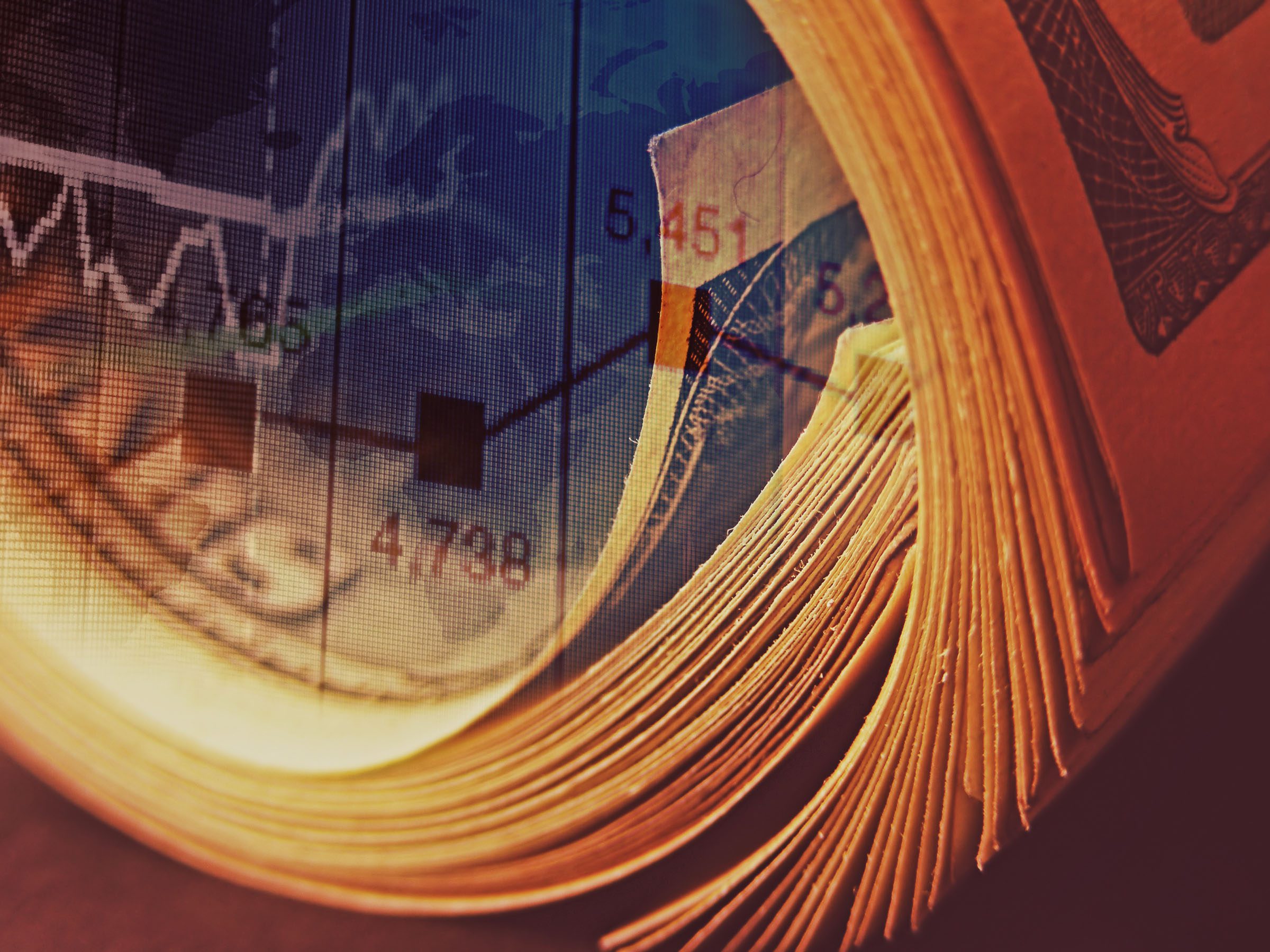Every industry has an ecosystem, a community where all of the players serve a particular role to survive, evolve and thrive for the greater good.
The automotive industry ecosystem is comprised of recognizable manufacturing brands dating back to the early part of the 20th century, the founding businesses. Oil companies, refineries and gasoline stations are part of the automotive ecosystem. So are auto parts suppliers, consumers, and the finance companies that assess consumer credit risk to buy cars. And now new players like Tesla, Uber and even Google self-driving cars are catalysts enabling the auto industry ecosystem to continue to evolve.
The credit risk information industry is no different. It has an ecosystem. Traditional credit bureaus are part of the risk information ecosystem, but like the manufacturers in the auto industry, they are only a piece of a larger whole. Of course banks, credit unions, consumers, small businesses also have a role in the risk information ecosystem. But there are also catalysts enabling the risk industry to continue to evolve: alternative data, technology and analytics providers, like LexisNexis Risk Solutions, are driving change across the risk information ecosystem.
The risk information ecosystem exists because when people and small businesses have access to credit, economies tend to stabilize, grow and thrive. Look at China. It is going through a turbulent time right now, as it reorients its economy to be consumer based. China intends to develop a large and strong middle class. To achieve that goal it has to have a sophisticated risk information ecosystem. Just last year the government issued licenses for eight new credit bureaus, which will aid the path to stability because it brings more data into the ecosystem.
Data is a critical element in the risk information ecosystem because it provides nonintuitive insights to banks so that they can discern the ability of someone to pay back a loan. In the past, banks typically focused their assessment on traditional credit bureau trade-line data that shows the historical patterns of a person’s ability to manage credit wisely. But in today’s growth-focused environment, credit bureau data alone is insufficient. The issue is that this traditional data only addresses people who already have credit. That means people who don’t have credit find it nearly impossible to get credit because they don’t have traditional credit files.
Large populations globally don’t have traditional credit profiles: 53 million people in the U.S., the most developed economy in the world, don’t have access to credit; 230 million people in China and nearly 100 million people in Brazil are “credit invisible.” The staggering numbers limit opportunities for people, small businesses, economies and financial institutions to achieve their dreams, stabilize, and expand their addressable markets.
Who are these “credit invisibles”? In the U.S., they are on both ends of the spectrum. They include wealthy people who have retired, paid off their mortgage, don’t have a credit card because they live on cash. They also include immigrants new to a country or millennials who prefer to use debit cards. Globally, the working and lower classes make up a large percentage of the invisibles.
Banks must evolve the way they assess people and small businesses for credit. The catalyst for this evolution is based in risk science, specifically alternative data, which brings much more expansive coverage of consumer and small business populations compared to credit bureau data, and is an effective tool to assess credit risk in the “credit invisibles” mentioned above. In many ways, using alternative data to assess credit risk is intuitive. Alternative data at the base level verifies if the human or small business entity even exists (intuitively, credit risk increases dramatically if the entity is completely “off the grid”). Taking it a step deeper, alternative data reveals if the entity is stable (e.g. it exposes the number of years living at an address, or identify pattern of utility and telecommunications payments), or if the entity is able to repay (e.g. consumers with a professional licenses, like a nursing or master plumber license, are typically better credit risks), and even if it is willing to repay (e.g. clearly there are risks if the entity has derogatory public records like bankruptcy, judgements, or liens). Moreover, alternative data can help you decide if you even want the entity as your customers (e.g. is it listed on OFAC, or the FBI watchlist, or even has a criminal history).
Recently two of my colleagues grabbed headlines talking about the power that alternative data has to include more people and small businesses in the banking system, to make them “credit visible.” They described how alternative data provides deeper insights on a broader population of people and small businesses so that financial institutions can determine whether to issue a person a credit card or a small business a working capital line of credit.
Check out Ankush Tewari’s interview on NPR “Marketplace Morning,” sharing a story about how one Federal Credit Union used our RiskView™ credit score, which is built on alternative data models, to help consumers in South Los Angeles break the payday lending cycle. And be sure to read Ben Cutler’s article in American Banker on how banks are using alternative data to lend to more small businesses who are in earlier lifecycle stages.
The same way that self-driving cars are evolving the automotive industry ecosystem, the science of alternative data is the catalyst evolving the risk information ecosystem.











